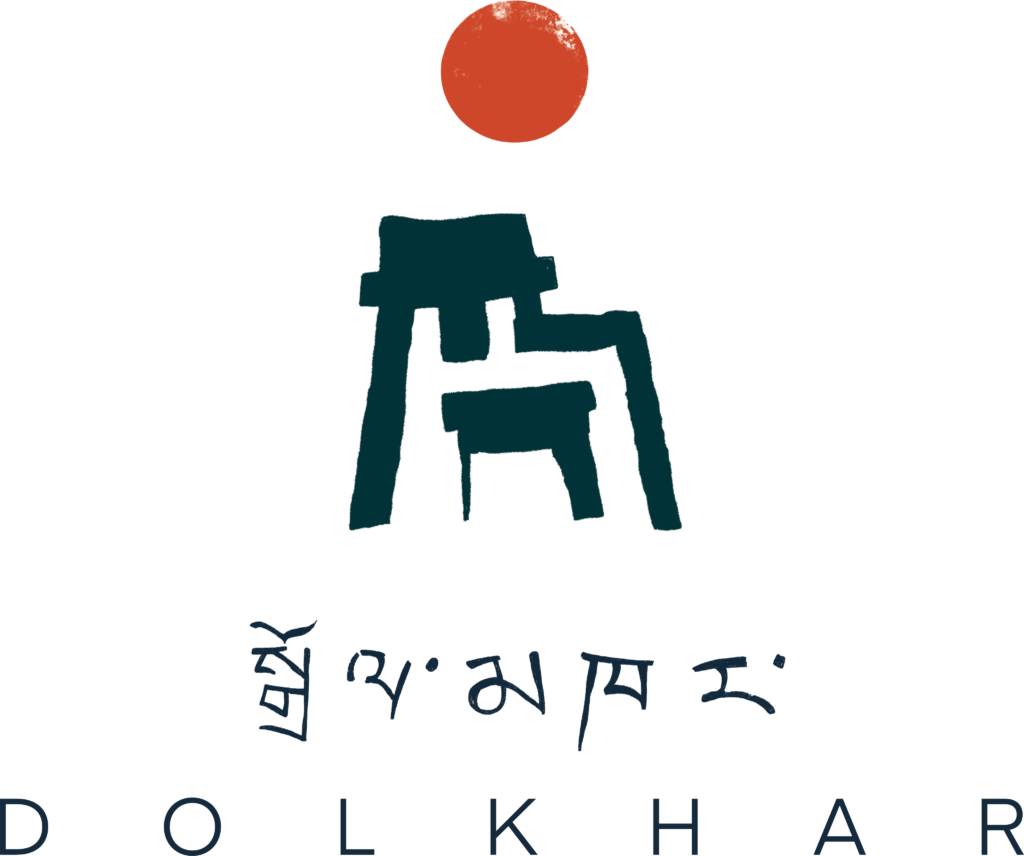Ladakh is mostly known for its beauty, a traveler’s paradise, a home for wandering souls, a getaway to serenity… However, what it is not known for and what has gone predominantly unnoticed is its craft—its sparsely populated artisans and the narrative of their enthralling lives. It is not known for its two potters, a father and son duo that started on this journey with the father as a young boy scouting the village for a cigarette. What Ladakh is not known for is its one stoneworker from Turtuk who makes lifelike animal figurines and functional pressure cookers entirely in stone.
One such forgotten tale is that of our metalworkers. Folklore has it that these artisans were brought into Ladakh from Nepal to build a statue for a monastery. On seeing the beauty, skill, and magnificence demonstrated by the work of these artisans, the king of that time gave them a large piece of land to inhabit and pronounced them residents of Ladakh. Interestingly, even today, there is mostly only one region that practices this craft, and the metals used—copper, brass, and silver—are all sourced from outside of Ladakh.
At Dolkhar, local craft and culture play a crucial role in creating its identity, so it is only obvious that the restaurant in Dolkhar, Tsas, boasts spoons that were specially made by the very talented Ajang Phunstok le of the metalwork village, Tsogtsi.
Spoons or thurmangs have played a very intriguing cultural role in Ladakh. Different spoons here not only had a different function but were made as a necessary accessory for everyday wear. A mothur, for instance, is a “female spoon” and has a hook at the back that gets attached to the belt of the “mogos” that women wear. A pothur is a bigger “male spoon” that men carry in their “namdak,” the large pocket in their traditional wear called the “phogos.” A markhem, translating directly to “butter shovel,” is, as the name suggests, a butter spoon, and a sket-mur is a spoon worn by travelers on their backs!
The metalwork artisans in Ladakh also make ladles, bowls, lamps, and caps for butter teacups, but their most exquisite pieces are the “chapskyan and thagus,” pots used to serve tea or local alcohol.
Most metal workers have small dark individual workshops or studios, mostly near their homes. These spaces often echo in a way that somehow reminds you of the clings and clangs that probably resonated in Blake’s mind when he wrote “The Tyger”:
“What the hammer? what the chain,
In what furnace was thy brain?
What the anvil? what dread grasp,
Dare its deadly terrors clasp!”
Inside the workshops, other than these repetitive, meditative sounds, were old traditional tools like the “budpa,” a fascinating fire blower made with animal skin, pliers of different sizes called skangpas, rangos (hammers), and many other tools used to shape and refine the product.
These quaint spaces that are so easy to fall in love with as an outsider, however, do not seem to work the same charm anymore on the metalwork community. Most of these workshops now are being broken down in many areas, as no young people want to take on the craft and most older artisans are getting too old to continue working. This, unfortunately, is the common thread that ties all of Ladakhi craft. We are at a stage where we have already lost the refinement in most craft, and now it has been stripped bare to only serve a local function or touristic whim.
At this point, these narratives become important, but it is intensive support to these crafts from the general Ladakhi community and government-led schemes and initiatives that are of paramount importance. Here it is also important to note that due to the casteist and classist systems prevalent in this country, craft communities either completely dissolve into larger groups of the working class or “unskilled labour” despite their skill, or they live very arduous lives in the face of constant stigma. The Ladakhi society doesn’t adhere to the same caste groups as the rest of the country, but that does not rid the community of forming its very own caste and class boundaries and therefore, it doesn’t spare our marginalized communities the same future that other communities in the country have faced time and time again. Victims of this caste divide in Ladakh are often traditional artisans and musicians, and therefore, it is ever more crucial at this horrible time of insensitivity in the world that Ladakh goes back to its ways of support and peaceful coexistence to empower and uplift its people.
The steps continuing from here seem confusing and tricky. However, if they are not taken and we continue to live in our blissful ignorance, hiding behind the mask of innocent naivety, we will soon be silent, tied up, helpless spectators to the death of yet another form of expression—of art.
As glum as this sounds, however, it is also important to acknowledge that there is more awareness now. More and more people every day are identifying issues, asking hard questions, and carving out ways to do something about it. There is, in fact, still hope in the fact that all these beautiful aspects of Ladakh, although flickering, still exist and one can question but not doubt the resilience and strength of the people on a collective mission—a mission of preservation and continued existence.



